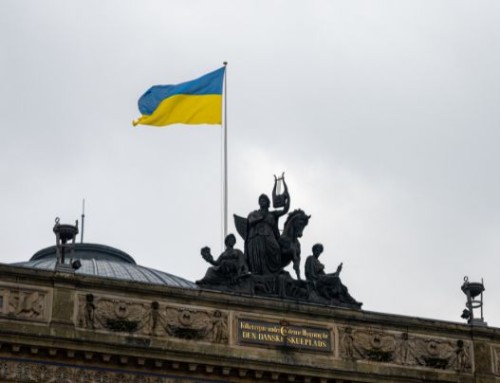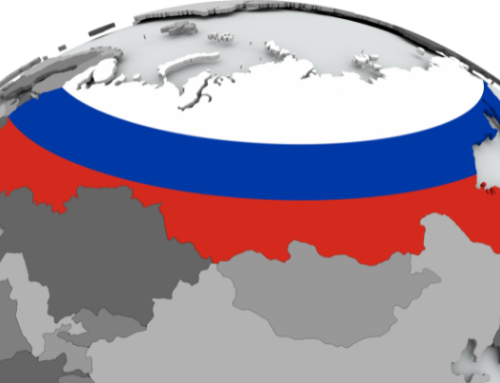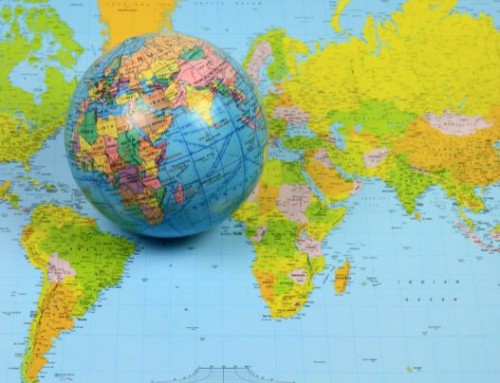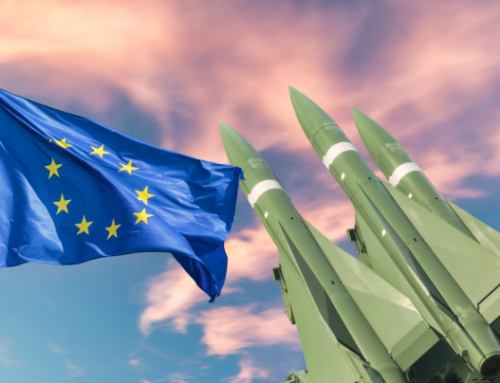Putin inaugurates Pharaonic site of South Stream
RL, December 7, 2012
Near Anapa on the Black Sea, the Russian president attended yesterday’s official launch ceremony of the new site giant Gazprom pipeline South Stream, which will link Russia and Europe. South Stream is the main competitor of Nabucco project supported by Brussels to reduce dependence on Russian gas.
Need to build South Stream was raised for the first time in 2005. North Stream pipeline also recently put into operation, the project was a response to numerous gas war with Ukraine, which has a monopoly on transit Russian gas to Europe. Memorandum on the construction of the new pipeline was signed in 2007 by Gazprom – the first extractor and leading exporter of natural gas – and the Italian company ENI.
Since then, the project has ceased to be Russian-Italian and currently operating shareholders South Stream Transport AG (registered in the Netherlands) are Gazprom (50%), ENI (20%) and French firms EDF and German Wintershall (by 15 % each). The pipeline will pass through Turkish waters before passing through Bulgaria, Serbia, Hungary and Slovenia to reach Tarvisio in northern Italy, a large and costly project, estimated to currently around 16-17 billion.
Vladimir Putin has closely followed the South Stream site and asked for work beginning in the Black Sea (pipeline will leave Dgiubga, the seabed), originally planned for 2013, to be advanced later this year. The pipeline will leave Dgiubga on the seabed. South Stream and North Stream are equally and political projects in the Kremlin’s eyes they will allow direct approach to European consumers. A quarter of Europe is already assured of Russian supplies.
North Stream pipeline along a route of 1,200 km, linking Russia to Germany under the Baltic Sea, operating since 2011 and has doubled its capacity by adding a second pipeline, reaching 55 billion cubic meters per year. In the South Stream, with a length of 2,500 km, the first section is expected to become operational in late 2015 with a capacity of 16 billion cubic meters per year. Then by 2018 will be progressively added three more lines. The ultimate objective – a total annual capacity of 63 billion cubic meters, equivalent to 10% of EU gas consumption estimated for 2020. For terrestrial section, Russia signed intergovernmental agreements with Bulgaria, Serbia, Hungary, Greece, Slovenia, Croatia and Austria and achievement marine part required negotiations with Turkey. Gazprom sources say that each agreement has meant painful concessions from the Russian gas giant.
Nabucco is dead?
Besides the difficult negotiations with potential partners, Gazprom hit all these years by another strong actor – the EU, specifically his body director, European Commission. Brussels has long been considered a threat to Europe’s excessive dependence on Russian gas and tried to delay supporting projects competing South Stream project, the most important being the Nabucco pipeline that would last and Romania. When in 2009, Turkey signed an intergovernmental agreement on Nabucco, with the participation of European Commission President José Manuel Barroso seemed that this pipeline will be built faster than South Stream.
Was not the case, in part because of the rise of the action but the main reason is that in the period since then, Nabucco failed to get a resource base. Supplies in northern Iraq and Turkey were too risky to support Iraqi Kurds unwilling buying their gas. Egyptian option was rejected because of “Arab Spring”, the war in Syria and mounting contradictions between Cairo and Tel Aviv. Caspian pipeline was not built because of Russia’s uncompromising position dividing the Caspian and Nabucco’s last hope Azerbaijan, already prefer other projects.
Repositioning Turkey
The South Stream and the Trans-Anatolian pipeline, which will transport Russian and Azerbaijani gas, Turkey is strengthening its position as a regional hub of transportation energy. In December, Turkish Energy Minister was very busy. After signing an agreement with Azerbaijan for construction of Trans-Anatolian pipeline, whose cost is estimated at 5 billion euros, Taner Yildiz shook hands with Russian President Vladimir Putin during the transaction that allows Russia to build South Stream pipeline in its territorial waters Turkish Black Sea. The two agreements are considering transit gas from countries of the former USSR to Europe.
Theoretically, they will contribute to achieving the stated objective for Europe to diversify its energy sources. Basically, Turkey has installed the true position player in regional power. According to experts, “these pipes are concrete indicators that Turkey is becoming a major transit country”. Signed two transactions calls into question the viability of Europe’s favorite project – Nabucco. This would bring the gas coming from Austria many sources. Though analysts felt that rival South Stream pipeline, Trans-Anatolian pipeline is his true competitor.
As Nabucco, Trans-Anatolian gas transfer concerns in Europe, but contrary to the EU-backed pipeline will have a free supply. Most important partner in the Trans-Anatolian pipeline is SOCAR, Azerbaijan’s national oil company, which manages the operation of gas from Shah Denizu II with BP. Unlike Nabucco, Trans-Anatolian pipeline benefits are clear. There will be no supply problems because the dominant supplier in the region is part of the project. Then, of the 16 billion cubic meters of gas annually listed, 6 are reserved for the internal market in Turkey at low prices. And surplus of 10 billion cubic meters will be distributed across the borders of countries, including Bulgaria, Romania, Hungary and Austria.






Leave A Comment